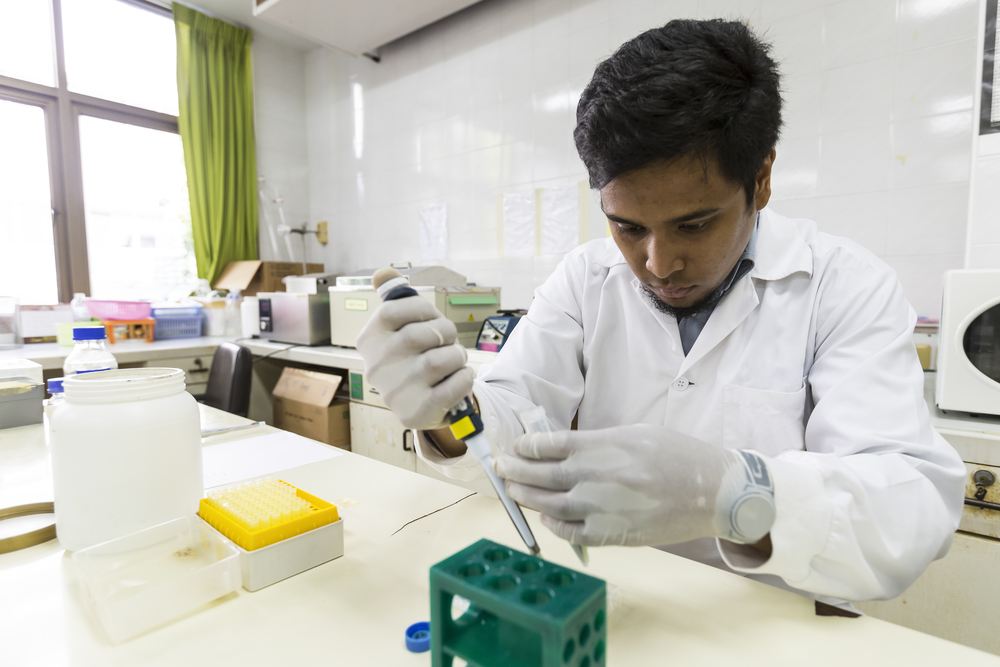An Overview of How to Perform a Blood Culture Test

A Blood Culture Test is a routine test that helps check for the presence of bacteria, yeast or other microorganisms in the blood that have the prowess to cause significant damage to the body’s immune system and internal organs. The test is used to identify an infection in the blood (known as septicemia) which can lead to sepsis, a chronic and life-threatening condition. Being a blood test, a Blood Culture Test is easy to perform and gets over in a matter of minutes.
Why Blood Culture Test?
When the immune system of the body is weak, several infection-causing microbes like bacteria and fungi invade the bloodstream and spread to other parts of the body. These foreign bodies cause problems in the body and set the beginning of a disease or an infection. A blood culture test, here, helps in detecting the presence of these underlying infectious microbes and suggests ways to control the condition.
Some infection that can be diagnosed using a blood culture tests are as follows:-
- Endocarditis – a severe and potentially life-threatening problem that occurs when the bacteria present in the bloodstream sticks to valves of the heart.
- Osteomyelitis – a bone infection that is caused by a bacteria, called Staphylococcus
- Cellulitis – a skin infection that involves areas of tissue below the skin surface.
When is a Blood Culture Test done?
A Blood Culture Test is ordered when a person is suspected to suffer from one of the following signs and symptoms of an infection which indicates that bacteria, fungi or a toxic by–product is present in the body that may be causing harm in the body. The symptoms include:
- Chills,
- Confusion,
- Decrease urine or less frequent urination,
- High fever.
High level of infection leads to the development of more severe symptoms, such as:
- Inflammation throughout the body,
- Formation of several tiny blood clots in the smallest blood vessels,
- Severe drop in the blood pressure,
- Chances of failure of one or more organs of eth body.
When there condition gets serious, the micro-organisms release toxins that trigger symptoms indicating the immune system to fight back.
How is the test performed?
For a blood culture test, a small amount of blood is drawn from one of the veins using a sterilized needle. Before pricking the skin, the area is cleaned with an alcohol swab to make the area bacteria free. Once the needle is inserted in one of the vein, a specific amount of blood is drawn in a special sample test tube. This sample is then sent to the lab for performing blood culture and examine the presence of infection in the body.
Risk Involved
Being a blood test, there hardly are any side effects or risks involved. However, it is quite possible that a person may face one or a combination of the below mentioned complications:-
- excessive bleeding from the point of vein rupture
- infection
- fainting
- inflammation of the vein
- hematoma, or bruising
- light headedness
Mild or moderate pain can be expected, especially in the area from where the blood has been drawn. One may feel throbbing at the point of puncture, but the pain vanishes within minutes.
What does the result mean?
- A positive result in two or more blood culture test means that the person is likely to suffer from severe blood infection.
- If one blood culture test report is positive and the other is negative, it means that infection or any kind of skin contaminant is present in the body.
- A culture test with negative result means that the probability of a person suffering from infection is low or negligible. However, if any symptom persists or is not resolved such as fever, stomach ache, etc., some additional tests may be required.
Listed below are few reasons behind this situation
- There are several microorganisms which cannot grow, or find it difficult to grow in culture. Therefore, additional blood culture test may be required wherein special nutrient may be supplied to the microbes to identify their activities and detect the pathogen type.
- Sometimes the virus cannot be detected using blood culture test, therefore in this situation, the doctor generally prescribes other tests depending upon the person’s clinical symptoms and signs of the type of virus suspected by the doctor.
Other tests
Some of the tests which are conducted along with Blood Culture Test include:
- Complete Blood Count (CBC) – In this test, an increase in the white blood cell count indicates the presence of an infection.
- Urine or Sputum Culture: In this, a positive result indicates the presence of a possible source of infection which can spread to the bloodstream.
- CSF: A CSF analysis also indicates a possible presence of an infection in the body.












